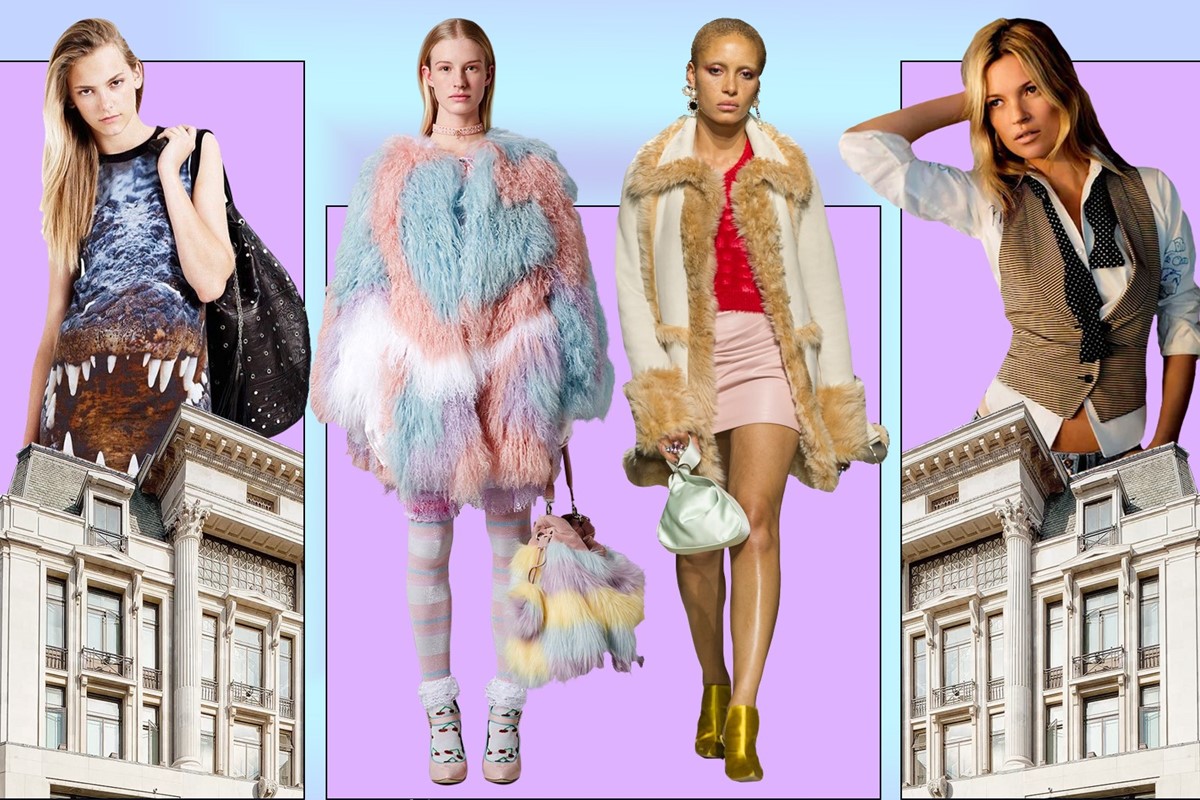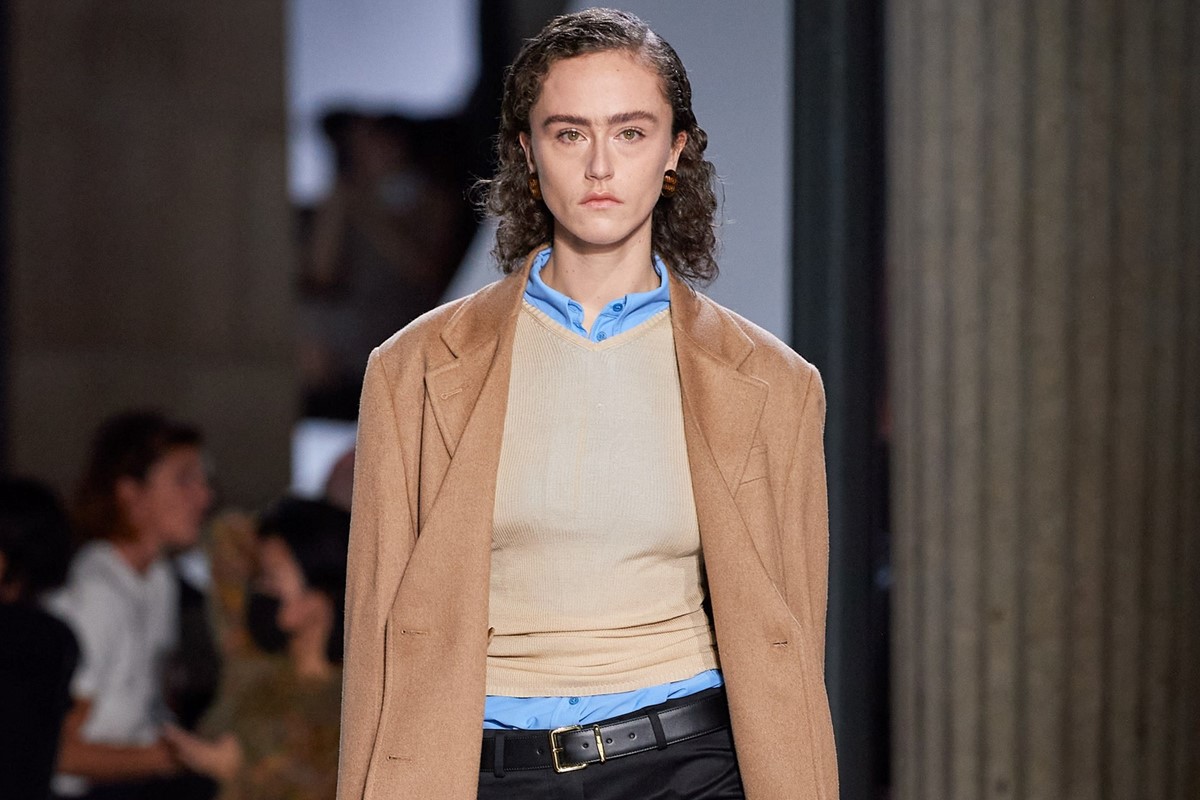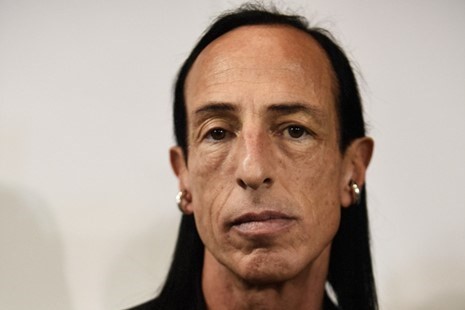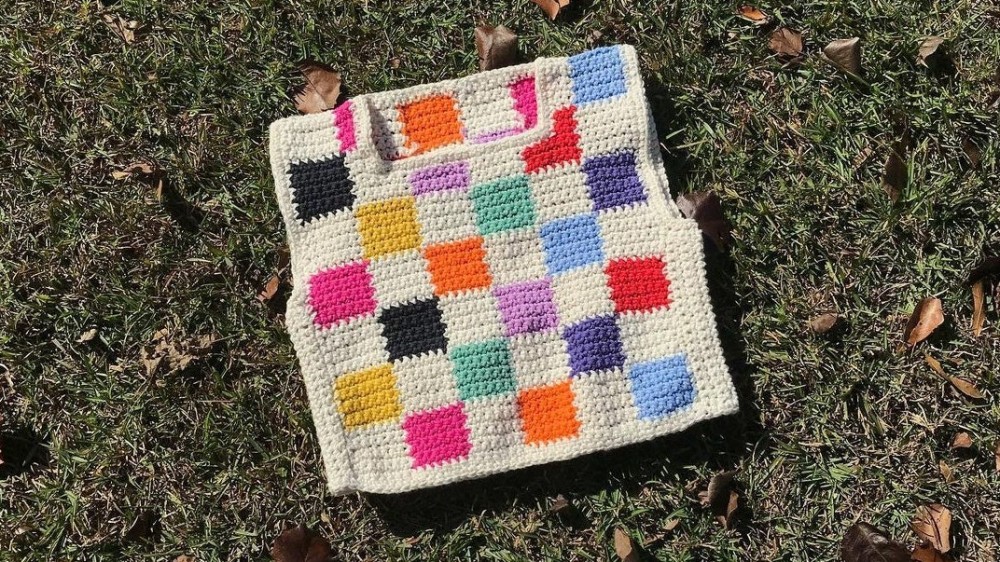

Goodbye Big Topshop, British fashion’s 00s mecca
RIP to the brand’s behemoth Oxford Circus flagship, gone but not forgotten
We’re just seven short days into the new year, but fashion’s first casualty has fallen. After Topshop plunged into administration back in November, news broke on Tuesday that its Oxford Circus flagship had closed its enormous glass doors for the last time – after real estate agencies Eastdil and Savills were appointed to sell off the building that birthed a billion Jamie jeans and sent them out into the world.
Known better simply as ‘Big Topshop’, in the mid-00s, the sprawling 90,000 square feet space was the jewel in Philip Green’s crooked Arcadia crown, and a cultural landmark in its own right. For teens and 20-somethings landing in London, making a pilgrimage to the fashion mecca was basically a rite of passage – particularly for those living in the regions whose Topshop experiences were limited to 30 square feet concessions hidden in the depths of Debenhams’ basement.
Soon after the newsflash, social media was flooded with anecdotes about hours spent trawling the store’s endless racks, dropping beleaguered boyfriends off at its dedicated creche (see: the sofas by the entrance), and hanging out pouting insouciantly in the hopes of getting noticed by the model scouts who were rumoured to patrol its three vast floors. “Good times getting the C2C from Southend with the girlies on a Saturday, with my clunky digital camera in hand to snap all the outfit piccies,” wrote one, while “Nothing like walking in at 3pm on a Saturday with the DJ going in on some house while I’m deciding which socks to buy” Tweeted another. Others mused on where they’ll arrange to meet their friends if not outside Big Topshop, and shared stories of looks their teen selves bagged on trips to the store.
Goodbye Big Topshop. My dreams of a being plucked from obscurity & thrust into a glitzy modelling career die with you.
— jazz cowler ✨ (@jasminerosina) January 5, 2021
Things might look very different now, but in its 00s heyday, the brand’s star power was unmatched. With Topshop clothes all over the pages of Vogue and endless stylish celebs telling anyone who’d listen about the mix of ‘high-end, vintage, and Topshop’ that hung in their wardrobes, it was famed for championing the brightest British talents before they made it big. Not only was it one of NEWGEN’s biggest backers, it also enlisted the likes of Christopher Kane, Meadham Kirchoff, JW Anderson, and the late Richard Nicoll to create capsule collections, with weeks of hype leading to lengthy queues outside the store, and styles selling out in minutes. With pieces by Kane and Anderson still tucked away somewhere in my own wardrobe, I loved one Barbara Hulanicki dress so much it fell apart at the seams and I spent months seeking it out twice more on eBay.
Kate Moss created her own line, too – stepping into Big Topshop’s window in a slinky, floor-sweeping red gown to mark its launch in 2007, the iconic model literally stopped traffic as crowds spilled onto the road trying to get a glimpse of the living, breathing shop mannequin in front of them. Until 2018, the brand sponsored a showspace and even had a regular and highly anticipated slot on the London Fashion Week schedule, where Moss sat shoulder to shoulder with Alexa Chung, Kendall Jenner, and Anna fucking Wintour, and Adwoa Aboah, Cara Delevingne, and Hailey Bieber stalked the runway.


For myself and many others, Topshop – and particularly Big Topshop – was a gateway into fashion, providing not just the clothes for the people we wanted to become, but the backdrop as we tried to get our foot in the door and begin our ascent up the career ladder. Aged 17 and midway through my fashion BTEC, I inexplicably managed to convince my mum to let me and my best friend get the train to London for the weekend. Begging her to let us go to an exhibition – which we fully intended to go to FYI – instead, an entire afternoon vanished as we got lost in the store’s labyrinthine rails, scoring almost-matching velvet minidresses for a dire night out in the only Leicester Square nightclub that would let us in sans ID (s/o to Zoo and its £15 Bacardi Breezers!)
Ten years ago, when I moved to London for an internship, Big Topshop took on deeper meaning. Becoming a refuge that saw me through the early, overwhelming days in my new city, on the nights I didn’t have to work the bar job that was seeing me through the unpaid stint, I’d slip into the store before taking the tube back to my friend’s parents, who’d generously let me stay with them after their kids had flown the nest. At that point, buying anything beyond the occasional lipstick or pair of earrings wasn’t really on the cards given I was pretty much failing to make ends meet – instead, I’d wander around the store making mental notes about what I’d pick up when I finally had some spare cash, in an attempt to kill time and feign a social life so the Moons didn’t feel too sorry for me and my distinct lack of one.
rest in peace to the big Topshop. hope someone gives the DJ another gig or else who will blare Show Me Love at 3PM on a Tuesday towards worried looking tourists while sporting a choppy haircut
— lauren o'neill (@hiyalauren) January 5, 2021
With few friends in London in those early months and little time to make any, I cried in there, too – as visions of immediately finding my crowd, hanging out at Boombox, and scamming my way into fashion week parties evaporated almost as quickly as my paltry expenses allowance did. I came into my element when people came to visit me, though, as I played up to my fashion gal about town role and casually guided them through the store – getting the same thrill from being able to tell them exactly where the denim section was as I did when a tourist stopped me to ask for directions and I actually knew where to send them.
In the last few years, Topshop took a downward dip from which it was unable to recover. With the likes of Boohoo, Missguided, and Pretty Little Thing stealing its crown via their bargain basement prices, influencer partnerships, and breakneck stock refreshes, Topshop couldn’t keep up with a new gen of fashion retailers. Historically a few steps ahead of the rest of the high street, the brand turned away from its fashion-forward approach and focused its attention on a younger audience. OG fans began to jump ship in the early 2010s, when quality and design took a nosedive, and stories of modern slavery and Green’s abhorrent behaviour became increasingly difficult to ignore. But while its list of failings may be lengthy, it’s not surprising many are mourning its demise given our complex relationship with the brand and its starring role in our formative years – not to mention the fact 13,000 Arcadia employees could be facing redundancy in the midst of a global pandemic and a double-dip recession.
It’s extremely rare that I buy anything from the brand now, but my wardrobe is still stacked with archive (okay fine, old) pieces that hold countless memories of making my way in London – and I still wear them all the time. Going into my first Prada show this time last year, I joked with a friend that I’d imagined I’d be head-to-toe in Margiela or Comme des Garçons by the time I made it to Milan Fashion Week. Instead, I’d teamed a five-year-old pair of Topshop trousers and a two-year-old pair of Topshop mules with an ASAI top – and tbh, while a bit of Margiela wouldn’t go amiss, I realised my 17-year-old self would be screaming if she knew there really was a mix of vintage, high-end, and Topshop in her wardrobe a good few years down the line (and that she actually ended up getting into a Prada show, obvs). Big Topshop might have shut its massive doors for the final time, but its legacy looks set to last a good while yet.





